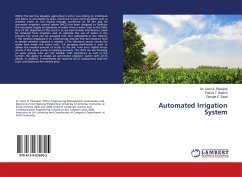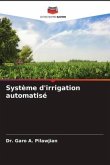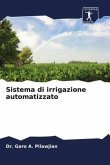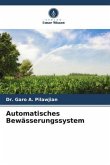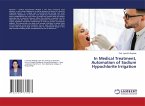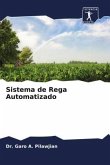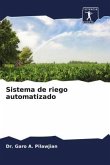Within the last few decades, agriculture's sector was relying on individuals and labors to accomplish its tasks, which led to face many problems such as wasting water or not having enough workforce to fill the gap. An automatic irrigation control system (AICS) has been designed to facilitate the automatic supply of adequate of water from a water tank to the field. One of the objectives of this work is to see how human interference could be removed from irrigation and to optimize the use of water in the process. The work can be grouped into four subsystems as the follows: 1.The method employed is to continuously monitor the soil moisture level to decide whether irrigation is needed. 2.The Ultrasonic sensor checks the water level inside the water tank. 3.A pumping mechanism is used to deliver the needed amount of water to the soil. 4.An error digital sensor checks if the water pump is working properly. The AICS we are focusing on gives people who are not familiar with agriculture as well as the farmers the ability to design an automated irrigation system with all its details. In addition, it determines the required list of components with the total cost based on the market price.
Bitte wählen Sie Ihr Anliegen aus.
Rechnungen
Retourenschein anfordern
Bestellstatus
Storno

